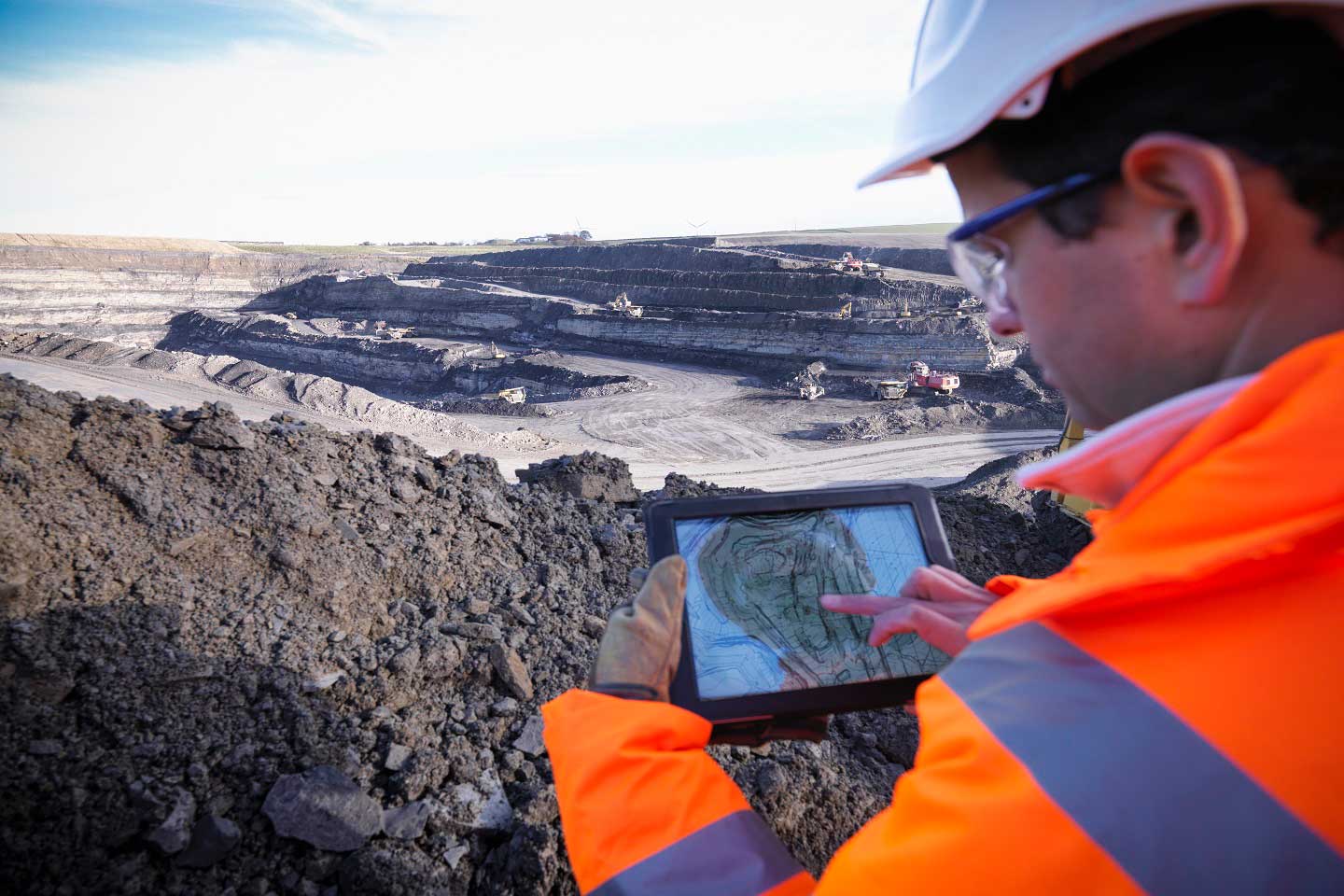
There remains a perception that robots will take over our jobs in the mining industry. Our research commissioned by the Minerals Council of Australia (MCA), clearly demonstrates this is wrong. Technology adoption will lead to more jobs. The mining industry is focused on taking advantage of the opportunities technology presents and busting that myth, but there is more work to do.
Technology will deliver improvements in productivity, safety and the environment
Earlier this year, EY undertook research commissioned by the MCA exploring the new and innovative technologies being deployed today that will support the next phase of mining enhancement. We explored proven technologies across all aspects of the value chain from exploration through to sales, as well as technologies that will facilitate optimisation across the value chain.
Working in conjunction with the MCA, we looked at 10 case studies where technology was already deployed including data enabled exploration and autonomous mining. The research aimed to fully understand the impact of these technologies on productivity improvement, which would underpin business cases to deploy these technologies on a more wholesale basis.
Extrapolating a broader adoption of existing technologies, we found that the mining industry could unlock up to 23 per cent in productivity improvement by 2030. These technologies are also contributing to significant improvements in safety and the environment. These increases in productivity will unlock previously uneconomic deposits and increase employment opportunities across the industry.
In addition, our research demonstrated that the broader adoption of technology across the industry will deliver improvements in safety and reduce the impact of mining on the environment, materially improving the industry’s licence to operate.
Myth busting the workforce changes
Having proven up the case for the adoption of technology, a second EY report commissioned by the MCA examined the impact of technology on the mining workforce.
This report examined in detail the skills needed in the mine of the future via a Technology Impact Index.
Our EY analysis revealed that 77 per cent of mining jobs will be ‘enhanced’ or ‘redesigned’ by technology. While 23 per cent of roles had the potential to become automated, there is a significant opportunity for reskilling and redeployment of these employees in the “technology fuelled” mining boom that will be delivered by the increases in productivity.
While the need for technical skills will remain and a number of new STEM skills will be required, there will also be a need for more social skills such as creativity, communication and collaboration. While traditional skills will see a reduction in demand, this reduction will be exceeded by a greater demand for skills such as system evaluation and analysis, data analysis and digital literacy.
When you add the demand generated by the world’s demand for new commodities, such as battery minerals, mining employment will be further increased, busting the myth that technology will lead to wholesale job losses.
But adopting new technology is not without challenges.
An industry rethink is required to attract the capital and the talent needed
While Australia’s mining sector is set to reap benefits from technology advancements, there needs to be a concerted effort from the industry, mining companies and government to fully capture the opportunity.
In the first place, the broader adoption of technology to unlock the potential benefits will require a significant change in capital allocation. EY estimates up to $11 billion will need to be spent on people and up to $22 billion on technology to make the necessary transition.
At the same time, the industry and governments need to place greater emphasis on talent development by investing in education and training for the new and emerging jobs. This includes improved vocational training programs that prepare the incoming workforce with a mix of technical and soft skills.
We’re seeing examples of miners and government bodies taking the lead on this change with Rio Tinto partnering with South Metropolitan TAFE and the Western Australian government to provide training in emerging jobs in the area of automation, and industry bodies such as the MCA urging for reform to improve mining education outcomes.
But a more prioritised and coordinated approach is key to this transition.
Technology is making a positive impact on the mining sector, but the war for talent and capital will only intensify. There’s no place for complacency if we want to see the industry prosper.
















